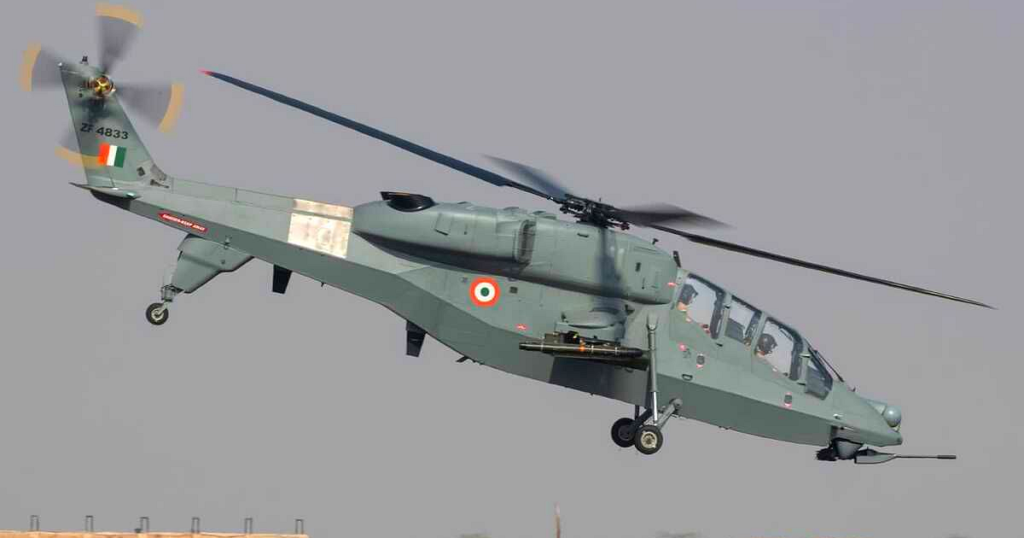In recent months, reports suggested that India was about to finalize a deal for 26 Rafale Marine fighter jets. However, despite significant media buzz, no official contract has been signed. This raises questions about whether the deal was truly close to completion or if external forces shaped public perception.
A Carefully Timed Media Narrative on Rafale Marine ?
During the French aircraft carrier Charles de Gaulle’s visit to India for joint exercises, a select journalist from a specific media group received exclusive access arranged by french embassy in India. They were briefed on the Rafale Marine’s capabilities. Soon after, reports claimed that the Rafale Marine deal and additional Scorpène-class submarines were almost finalized. Many expected an official signing within weeks.
However, as time passed, no agreement materialized. Instead, the Cabinet Committee on Security (CCS) cleared several other defense procurements. These included the Advanced Towed Artillery Gun System (ATAGS), the National Advanced Missile System (NAMIS), and additional Prachand helicopters. Notably, the Rafale Marine was absent from this list.

A Strategic PR Move by Rafale Marine Team ?
The sudden surge of reports suggesting the Rafale Marine deal was inevitable hints at a coordinated campaign. Defense manufacturers and their governments often use strategic communication to influence procurement decisions. By making the deal seem certain, such narratives can:
- Shape public perception by making it appear as though the decision is final.
- Apply indirect pressure on policymakers to approve a particular contract.
- Marginalize competing options.
A History of Media Influence in Defense Deals

This media group has played a role in shaping narratives around past Rafale deals. During the Indian Air Force’s Rafale procurement, it published selective excerpts from official documents. This fueled allegations of procedural lapses. However, later investigations revealed that key document portions were omitted. These omissions would have provided a more balanced perspective.
Despite the controversy, the Supreme Court and the CAG report found no wrongdoing. The procurement process remained unchanged. This history of selective reporting raises concerns about whether similar tactics influenced recent Rafale Marine coverage.
Defense Deals and Media Influence
External narratives have shaped Indian defense procurement discussions before. Major deals often witness leaks, selective briefings, and high-profile media engagements. These tactics build momentum around certain options.
While the Rafale Marine remains a strong contender, no formal contract has been signed. Months of speculation highlight the need to verify facts before forming conclusions. The next steps in India’s fighter jet procurement will depend on strategic, operational, and financial considerations, not media-driven narratives.




Leave a Reply